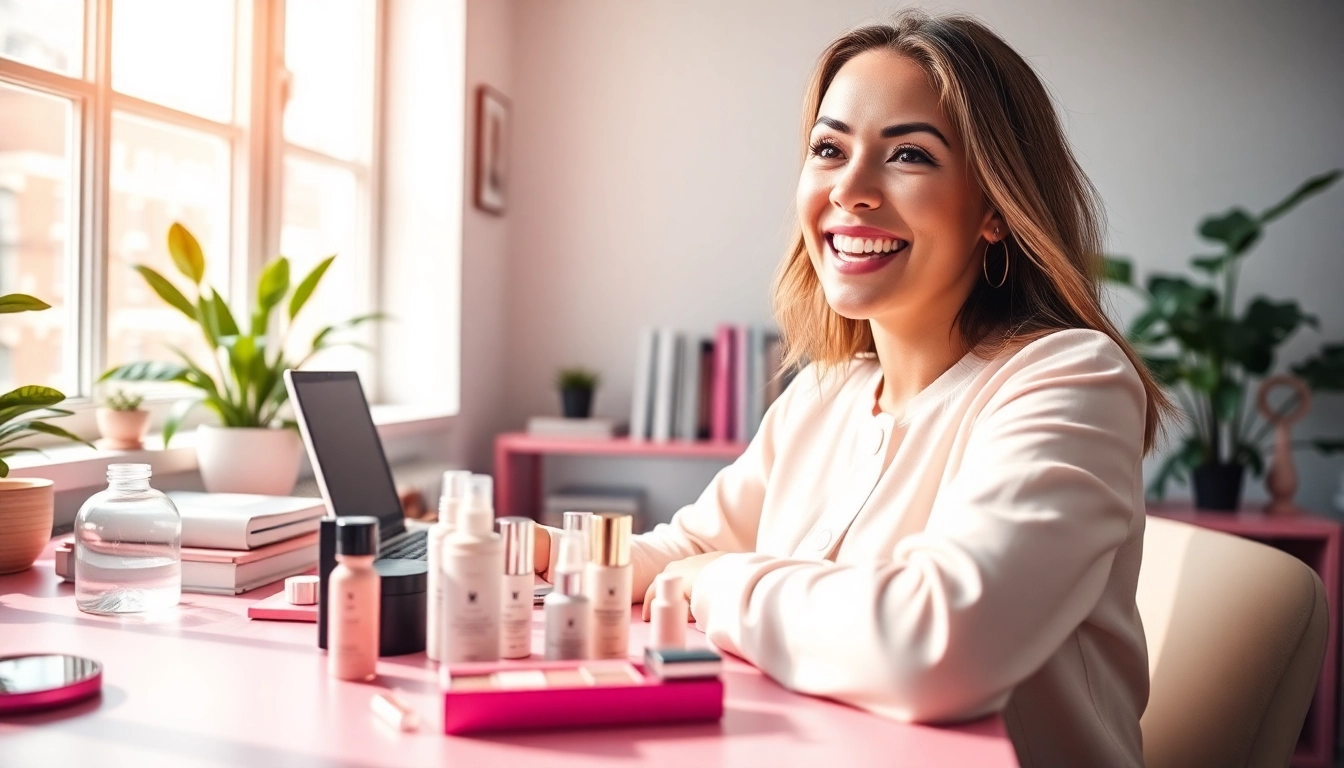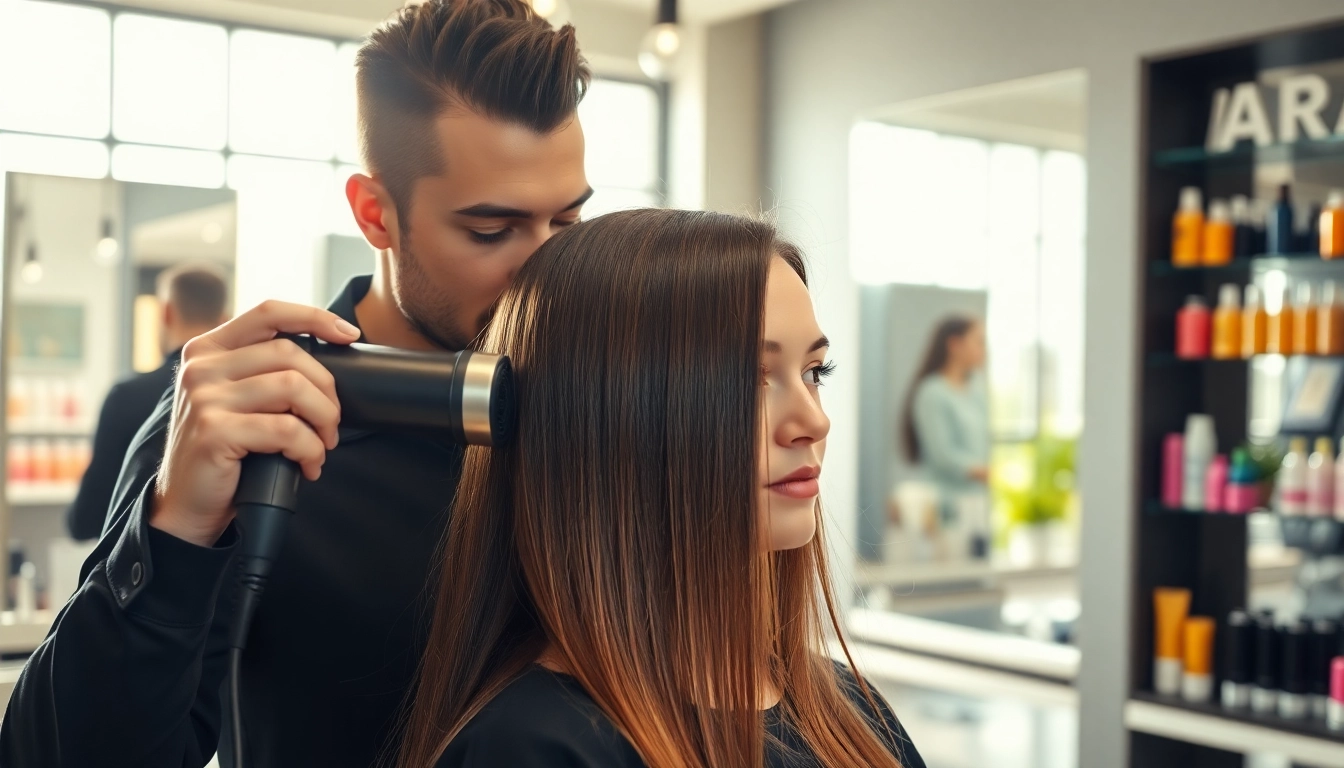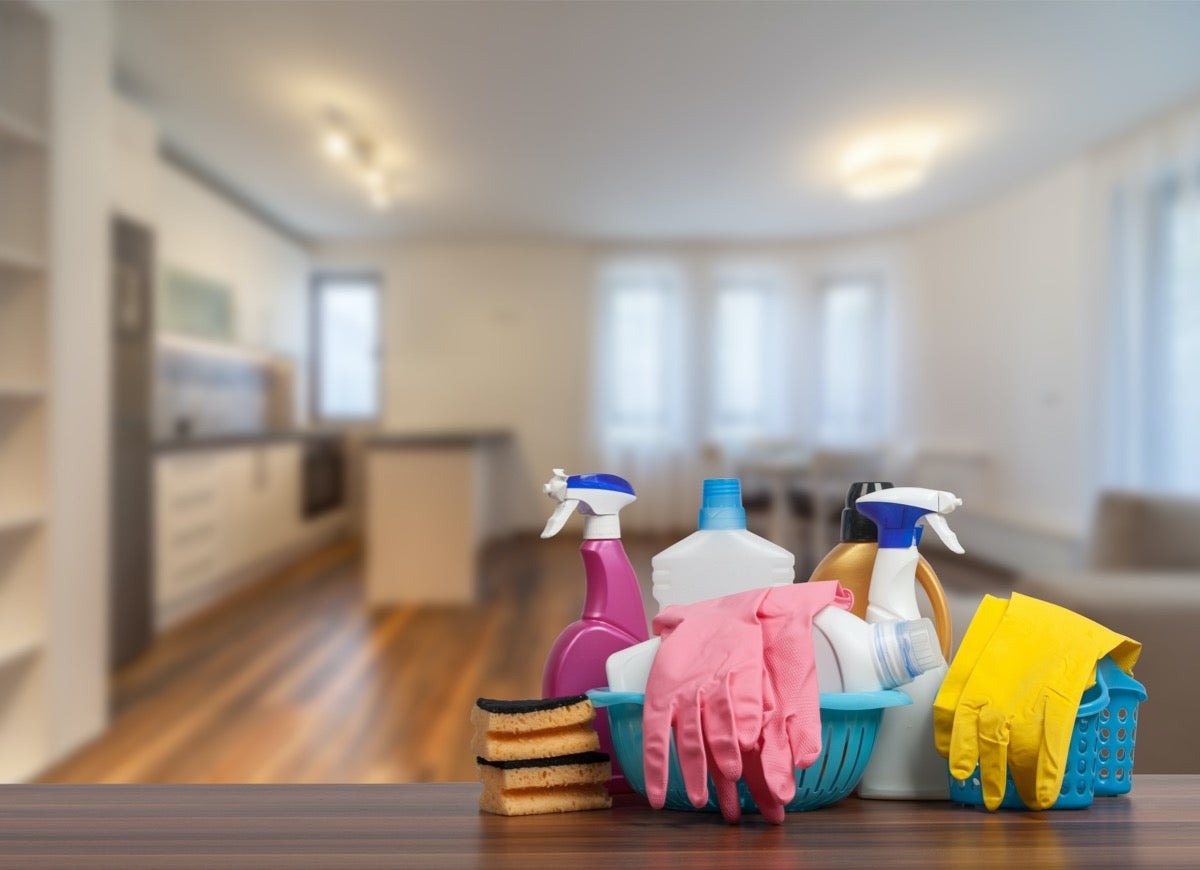Understanding Skincare Ingredients
In the expansive world of beauty products, understanding the ingredients is pivotal for making informed choices about skincare. As consumers become more educated about what goes into their cosmetics and skincare products, there’s a growing demand for transparency. The website https://cosmeticsarenas.com provides a treasure trove of information aimed at demystifying these ingredients.
Common Ingredients Found in Beauty Products
Understanding common skincare ingredients can help consumers make choices that suit their skin needs. Here are some frequently encountered components:
- Hyaluronic Acid: This ingredient is prized for its ability to retain moisture, making it significant in hydrating formulations.
- Retinol: A derivative of Vitamin A, retinol is famous for its anti-aging properties, stimulating skin cell turnover and promoting a youthful appearance.
- Vitamin C: This potent antioxidant contributes to brightening skin tone and fighting free radicals, making it prevalent in serums.
- Salicylic Acid: A go-to for acne-prone skin, this beta hydroxy acid helps to deeply cleanse pores and reduce inflammation.
- Niacinamide: Known for its anti-inflammatory properties, niacinamide regulates oil production and improves skin texture.
How to Read Labels Effectively
Reading product labels is essential for making informed choices in skincare. A good starting point is to check the ingredients list, which is typically listed in descending order of concentration. Here are some tips for effective label reading:
- Look for known allergens or irritants if you have sensitive skin.
- Understand the purpose of each ingredient to discern between beneficial and harmful compounds.
- Familiarize yourself with marketing terms; for instance, “non-comedogenic” means it’s formulated not to clog pores.
- Research unfamiliar ingredients to see how they might interact with your skin type.
Benefits of Natural vs. Synthetic Ingredients
The debate between natural and synthetic ingredients is ongoing in the beauty industry. Each has its proponents and benefits:
- Natural Ingredients: Often perceived as safer and more gentle, they often come from plants, minerals, or animals. They can be beneficial for sensitive skin but sometimes lack scientific backing on efficacy.
- Synthetic Ingredients: These are man-made and can provide more consistent results. They can be designed to target specific skin issues more effectively and can be more stable and longer-lasting than natural counterparts.
Makeup Techniques for Every Occasion
Makeup not only enhances beauty but also serves as a form of self-expression. The right techniques can elevate your look, no matter the occasion.
Everyday Makeup Essentials
For daily wear, makeup should enhance your features without appearing overly done. Here are essentials:
- Foundation: A lightweight foundation or tinted moisturizer can even out skin tone while allowing your skin to breathe.
- Concealer: Use concealer to hide blemishes and dark circles, providing a polished appearance.
- Eyeliner: A subtle eyeliner can shape your eyes without overwhelming your daily look.
- Lip Balm: Hydration is key; a tint can add color while nourishing your lips.
Fun Makeup Looks for Special Events
When it comes to special occasions, don’t shy away from creativity! Here are some looks to try:
- Smoky Eye: A bold smoky eye can add drama and is perfect for evening events.
- Glitter Accents: Incorporate glitter in your crease or on your lids for a festive flair.
- Bold Lips: Pair with minimal eye makeup for a powerful red lip that makes a statement.
- Colorful Cat Eye: Use colored eyeliner instead of usual black to switch things up and showcase your fun side.
Tips for Long-lasting Makeup
No one wants their makeup to fade before the end of the day. Use these tips to ensure longevity:
- Prime Your Skin: A good primer creates a smooth canvas and helps makeup adhere better.
- Setting Spray: Finish your makeup routine with a setting spray to lock it in place.
- Blotting Papers: Keep blotting papers handy to manage oiliness without disturbing makeup.
Haircare Routines That Work
Caring for your hair is essential to its health and appearance. An effective regimen starts with understanding your hair type.
Identifying Your Hair Type
Your hair type determines the best care practices and products. Consider these factors:
- Texture: Straight, wavy, curly, and coily hair types each have unique needs.
- Density: Determine whether your hair is fine, medium, or thick to find suitable products.
- Porosity: Low, medium, or high porosity affects how well hair absorbs moisture and products.
Best Practices for Healthy Hair
Incorporating a few simple practices into your routine can lead to healthier hair:
- Regular Trims: Regularly cutting split ends prevents breakage and maintains healthy hair growth.
- Proper Washing Frequency: Find the right balance; too much washing can strip natural oils while too little can lead to buildup.
- Gentle Drying: Avoid rough towel drying, which can create frizz and damage. Instead, opt for a microfiber towel.
DIY Hair Treatments to Try
Home treatments can offer targeted care for various issues:
- Avocado Mask: Mashed avocado with olive oil provides deep moisture for dry hair.
- Coconut Oil Treatment: A hot oil treatment using coconut oil can reduce frizz and enhance shine.
- Egg and Honey Hair Mask: Rich in protein, this combination nourishes and strengthens hair strands.
DIY Beauty Projects
Engaging in DIY beauty projects can be rewarding and allow for personalization in your beauty regimen. Here are some exciting projects to explore:
Creating Custom Face Masks
Face masks can target specific skin concerns:
- Hydrating Mask: Mix plain yogurt with honey for a moisturizing treatment.
- Brightening Mask: Combine oatmeal, lemon juice, and yogurt for a natural glow.
Making Your Own Lip Balm
Crafting lip balm allows for customization of texture and scent:
- Choose a base such as beeswax or shea butter, then add essential oils for fragrance and flavor.
- Experiment with different colorants to create personalized tints.
Natural Exfoliants You Can Make at Home
Natural exfoliants are gentle on the skin and can help shed dead skin cells:
- Sugar Scrub: Mix sugar with olive oil for an easy body scrub.
- Coffee Grounds Scrub: Combine coffee grounds with coconut oil for a stimulating exfoliator.
Building Confidence Through Beauty
Beauty routines extend beyond aesthetics; they play a pivotal role in building confidence and self-worth.
The Impact of Personal Grooming
Grooming habits have been linked to improved self-esteem. Taking time to care for your appearance can enhance your overall mood:
- Establishing a routine provides a moment of self-care in a busy day.
- Engaging in grooming rituals can foster a sense of control and well-being.
How Beauty Routines Enhance Self-esteem
A well-thought-out beauty routine can significantly impact how individuals view themselves:
- A polished appearance can create positive first impressions that lead to increased confidence.
- Daily rituals can become empowering affirmations, reinforcing self-love and acceptance.
Connecting with Community Through Shared Beauty Experiences
Beyond individual benefit, beauty can foster community:
- Sharing tips and experiences with friends creates bonds and supports learning.
- Participating in beauty workshops and events encourages collaboration and deeper connections within communities.














Leave a Reply